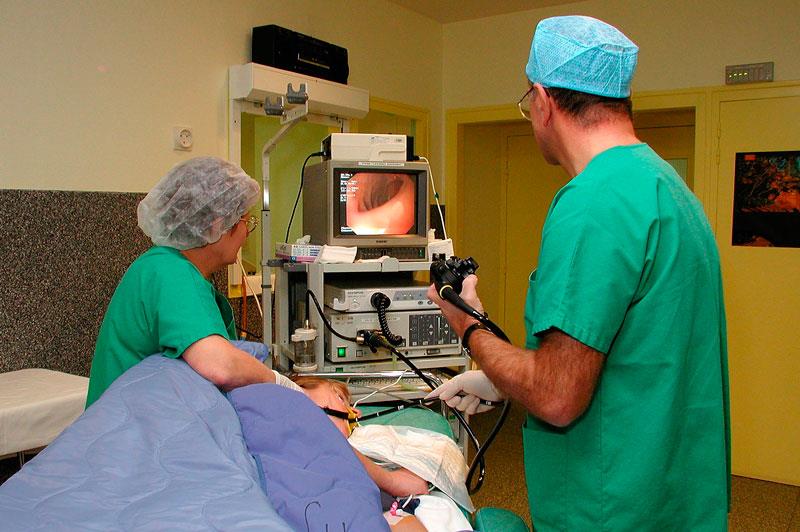
Full-spectrum endoscopy (FUSE) is more effective than oesophagogastroduodenoscopy (OGD) in terms of precise visualization of blind spots in the duodenum, a study has shown.
The investigators determined whether FUSE improved the visualization rates of blind spots in a single-centre case control study. They compared the successful visualization rates of the whole major duodenal papilla (MDP) and anal side of the pyloric ring between 103 participants who underwent FUSE and 1,045 individuals who underwent OGD between April 2016 and May 2017.
A visual analogue scale was utilized in 38 participants who underwent FUSE with a previous examination history of OGD to assess pain and discomfort at insertion and during and after the examination.
Participants in the FUSE group had significantly higher successful visualization rates of MDP (83.4 percent vs 35.1 percent; p<0.001) and the anal side of the pyloric ring (86.4 percent vs 7.1 percent; p<0.001) than those in the conventional OGD group.
No significant difference was observed in the visual analogue scale between FUSE and previous OGD in a portion of the FUSE group. Moreover, the FUSE group had a significantly higher detection rate of the periampullary diverticula than that in the conventional OGD group (8.7 percent vs 1.6 percent; p<0.001).
“FUSE provides a 210-degree angle of view with a left side-viewing camera in addition to a forward-viewing camera,” the investigators noted. “FUSE can improve the detectability of blind spots in conventional forward-viewing OGD, such as the MDP and the anal side of the pyloric ring.”